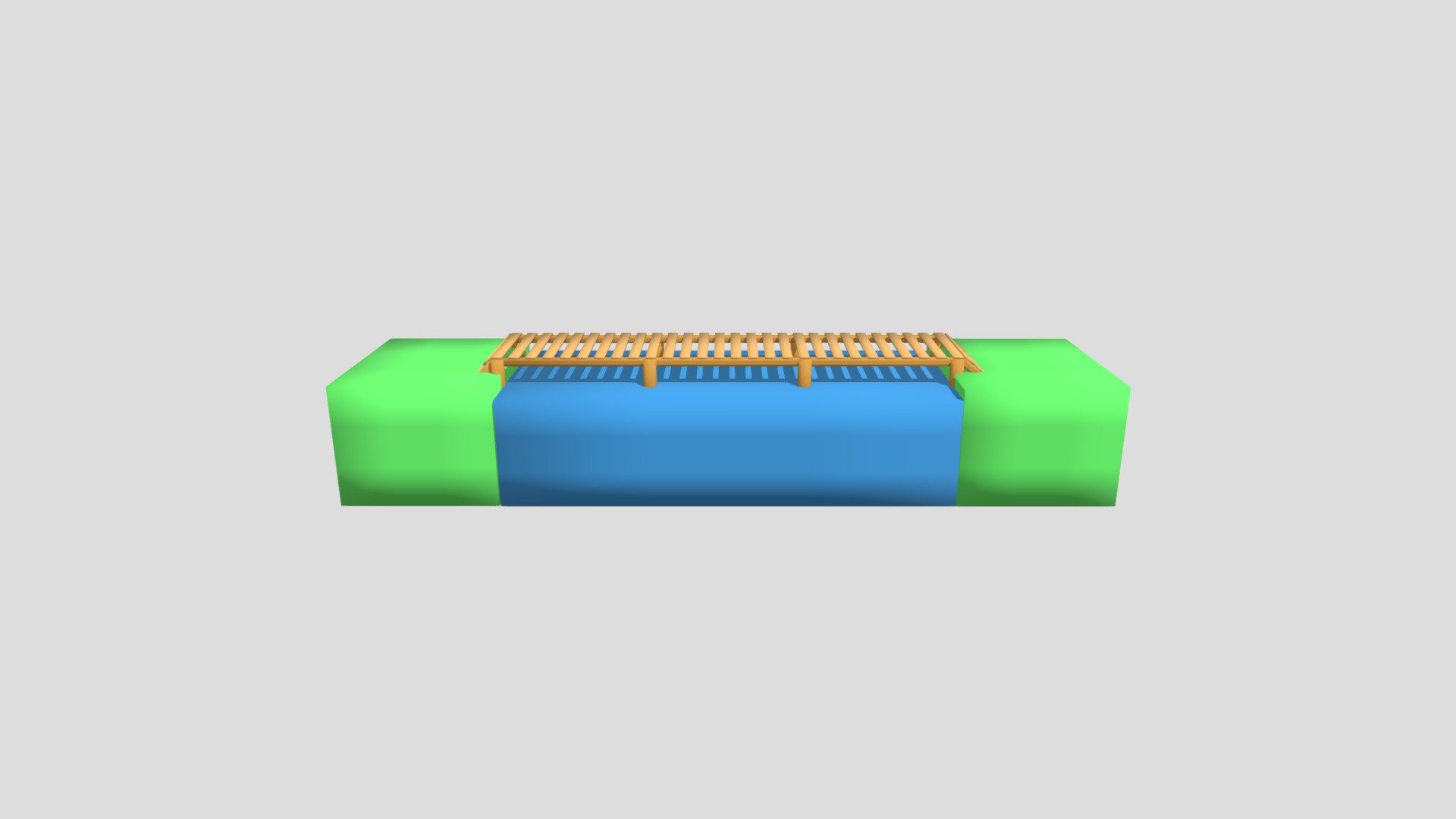
Bridge Tutorial 1
sketchfab
Welcome to our simple bridge tutorial series! In this first lesson, we'll cover the basics of playing bridge. Don't worry if you're new to card games - by the end of this tutorial, you'll be well on your way to becoming a confident bridge player. First things first, let's talk about the number of players needed to play bridge. Bridge is typically played with four players, divided into two partnerships. This partnership system makes bridge more challenging and exciting than other card games. Now that we've covered the basics of bridge, it's time to learn how to deal the cards. To do this, you'll need a standard deck of 52 playing cards without jokers. Shuffle the deck thoroughly and then deal out 13 cards to each player. The remaining cards will be placed face down in a pile on the table. With your hand dealt, it's time to learn about the different types of bids in bridge. A bid is simply an offer to take a certain number of tricks (rounds of play). The most common type of bid is the "no trump" bid, which means that you're offering to take all 13 tricks without using any special cards. As we continue through this tutorial series, you'll learn more about the different types of bids and how to use them effectively. But for now, let's focus on learning how to make a simple bid. To do this, simply name the number of tricks you think you can take. For example, if you think you can take 4 tricks, you would say "four". Now that we've covered the basics of making a bid, it's time to learn about the different types of cards in bridge. In bridge, there are four suits: hearts, diamonds, clubs, and spades. Each suit has 13 cards, ranging from Ace (high) to two (low). With your hand dealt and your bidding skills improving, it's time to start playing some tricks! To do this, simply place a card face up on the table. The player to the left of the dealer goes first, then play moves clockwise around the table. As we continue through this tutorial series, you'll learn more about the different strategies and techniques used in bridge. But for now, let's focus on having fun and getting comfortable with the game. That's it for today's lesson! In our next tutorial, we'll cover more advanced bidding strategies and how to use them effectively. Until then, keep practicing and have fun playing bridge!
With this file you will be able to print Bridge Tutorial 1 with your 3D printer. Click on the button and save the file on your computer to work, edit or customize your design. You can also find more 3D designs for printers on Bridge Tutorial 1.
